Teens & Substance Abuse
Don’t Let Your Dreams Go Up in Smoke
Students at Verrado should be wary of the authenticity of advertisers on social media.
December 12, 2022
They make it look fun. It tastes like candy.
It’s a marketer’s dream and a family’s nightmare.
Generation Z is no stranger to the romanticization and exposure to drugs and tobacco. We are drowning in it. Our social media feeds are filled with celebrities and influencers participating in consuming such substances. Our favorite movies and TV shows showcase it. The books we read, the content we watch, and the advertisements we see are all spoiled by the “bliss” of being high. It’s easy to fall victim to the usage of drugs when only the attractive aspects are being highlighted in the media. However, with a high “reward,” comes very high risk.
One of the most frequently seen drugs at any high school is nicotine. Principal at Verrado High School, Nate Showman, agrees that there is a vaping epidemic among teenagers throughout the country. “I’ve been a principal now for 7 years, 3 of them in Kansas; the same stuff that we see and deal with here, [is] the same stuff we were dealing with in the middle of Kansas.” This issue is a nationwide, almost inescapable, and definitely impossible to ignore.

Commonly found in the form of a vape, they are very accessible to young people, with Smoke and Vape stores around almost every corner in the valley. Showman touches up on this, saying that THC and Nicotine companies “advertise it [their product] to high school students. They advertise to young adults to hook them in and get them to be, in turn, lifelong customers.”
Drawing customers in with aesthetically pleasing packaging and hundreds of appetizing and sweet flavors, there is no doubt that vape companies advertise their products to a younger audience.
The effects of nicotine will trap young buyers into becoming dependent on the product, putting money into the pockets of big corporations that profit off the addiction of a generation. The risk of addiction only worsens if the drug is sourced from a company that incorporates Fentanyl into its products.
Fentanyl is a highly addictive, cheap, and dangerous drug that significantly influences the users’ high, making it much more intense and addictive. A 2-milligram dosage of Fentanyl is considered to be lethal, varying on the person. Because of its popularity and accessibility, Fentanyl is the leading cause of overdose death in the United States, according to the United States Drug Enforcement Administration. If these statistics aren’t alarming enough, recently, two men in Arizona have been arrested for enough fentanyl to kill 4.7 million people, transporting around 700,000 pills laced with the drug, with the intent to distribute to Arizona residents, and potentially into the hands of teenagers.
Vice Principal of Verrado High School, Matt Lees, worries for the well-being of his students, and his community. “My fear of fentanyl and drugs, in general, is that you don’t know what’s in it. You don’t know the health effects and, are you well-educated enough to know what the long-term effects are?” he says.
School Resource Officer, David Ellison, works alongside teachers and staff at Verrado in an attempt to downsize vaping addictions and spread awareness about the dangers of nicotine and other drugs that are common throughout schools. Officer Ellison says, “Drugs have always been present in schools. It’s the type of drug that’s concerning, and some that are allowing this aren’t educated enough on it. Depends on the era, it’s different from when our parents were young, its different every generation.” The reality is that there is not enough known about modern vape companies and their ingredients to make a rational and safe decision about the product you might choose to buy. As the times change, drug companies adapt. They might begin to include chemicals that are taboo to the medical world, and dangerous to the consumer, all to make their products that much more addicting. The risk of laced drugs is on the rise, and it’s only a matter of time before lethal drugs like Fentanyl make their way toward the popular, easily accessible, seemingly “harmless” vape device that more than 2 million teenagers in the United States report their consistent use of.
Vapes are advertised as an alternative to cigarettes and other drugs. It’s been referred as the “lesser of two evils,” when compared to other hard drugs. However, those who vape consistently suffer from very serious physical side effects that include: pounding headaches, shortness of breath, heart palpitations, nausea, and irreversible lung damage that could lead to cancer. In fact, 80% to 90% of lung cancer deaths in the United States are linked to tobacco products, and cigarette smokers are 15 to 30 times more likely to die from lung cancer, as opposed to nonsmokers, whose chances are significantly less. Addiction forms much faster than expected, for about 50% of teens will misuse drugs at least once. In Arizona, according to the National Center of Drug Abuse Statistics, 47,000 of 12-17 year-olds report using drugs in the last month.
If developed, a nicotine addiction becomes a huge distracting factor in one’s life. Young students with nicotine addictions might even prioritize vaping over school, family and friend relationships, and extracurricular activities. This damages emotional development, in turn, resulting in violent behavior and lack of motivation. If they attempt to quit, nicotine withdrawals consume their thoughts and drain their energy. Withdrawal symptoms include dizziness, intense cravings, mood swings, depression, and restlessness. Eventually, chasing the high becomes exhausting, especially for young adults and teenagers. Officer Ellison recalls a confrontational meeting that he had with a student who was called down to the office for vaping:
“What causes you to vape?” he asks. “Well, I just feel like it” they’d respond. “How often do you vape?” asks Ellison. “In passing periods, and I can’t keep it at home, because I have to fulfill that urge” the student responds.
“Small stuff like that is an addiction,” Ellison says, “but the first part is admitting it.” Nicotine addictions are ignored by society, and many teens refuse to acknowledge the hold that nicotine has on their actions and thoughts. People who attempt to work against their addiction or refuse to partake in drinking or smoking are often ridiculed by their peers, being labeled as “prudish” or “no fun.” As a result, many will refuse to acknowledge that they are struggling with a very real, detrimental problem. Officer Ellison observes this behavior throughout all age groups who are in denial of their addiction. “You hear adults when they say ‘I don’t have a drinking problem or a smoking problem,’ but in all reality, addiction is not this big scary thing, because it is unknown.”
Recognizing your addiction is scary, and might seem unbearable at first, but there are support groups in the community, and even at Verrado High School, that can provide support. Nathaniel Showman speaks of the precautions that the Agua Fria High School District is taking to raise awareness of nicotine addictions at Verrado High School. “We’re planning on doing some staff professional developments as well, so that staff is available and aware of what is out there and how to recognize it.” Showman also encourages students to see their counselors if they are struggling with their addiction. “Our counselors are a good resource if students feel like [they] need help with addictions of any kind.” Showman encourages students to reach out to a trusted adult if they are struggling with their addiction. “It is dangerous,” he says “it could look as harmless as one puff from a nicotine vape…it is addicting. If you put yourself at risk, you could be a statistic in one of those long-term studies later down the line. The best advice is to stay away from it” Showman concludes. Counselor at Verrado High School, Hilary Palmgren, says that “when the substances interfere with your daily life and relationships, that’s when it starts to become a problem. There are substance abuse hotlines you can call, and we counselors are more than welcome to help.”
Allowing Gen Z to continue vaping, putting their health and future at risk, is a great injustice to them. If you or someone you know struggles with an addiction, the staff at Viper Times encourages you to get the help you deserve.
SAMHSA Addiction Hotline: 1-800-662-4357




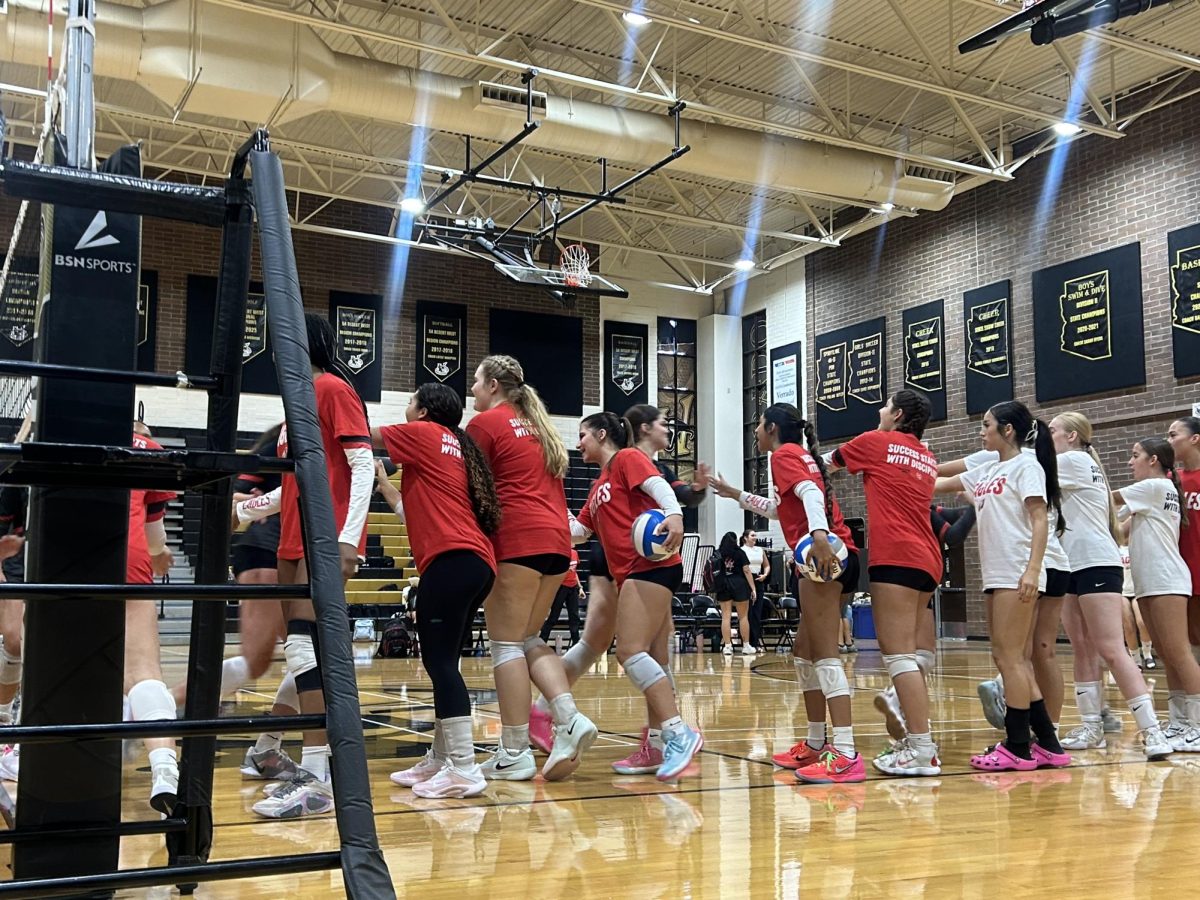







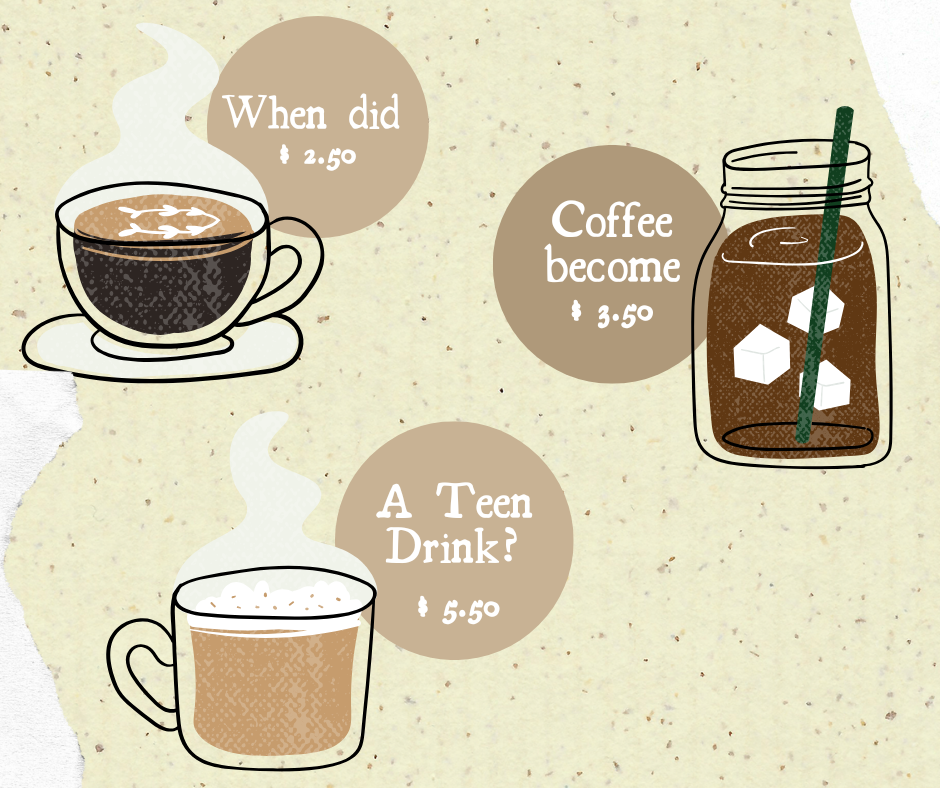
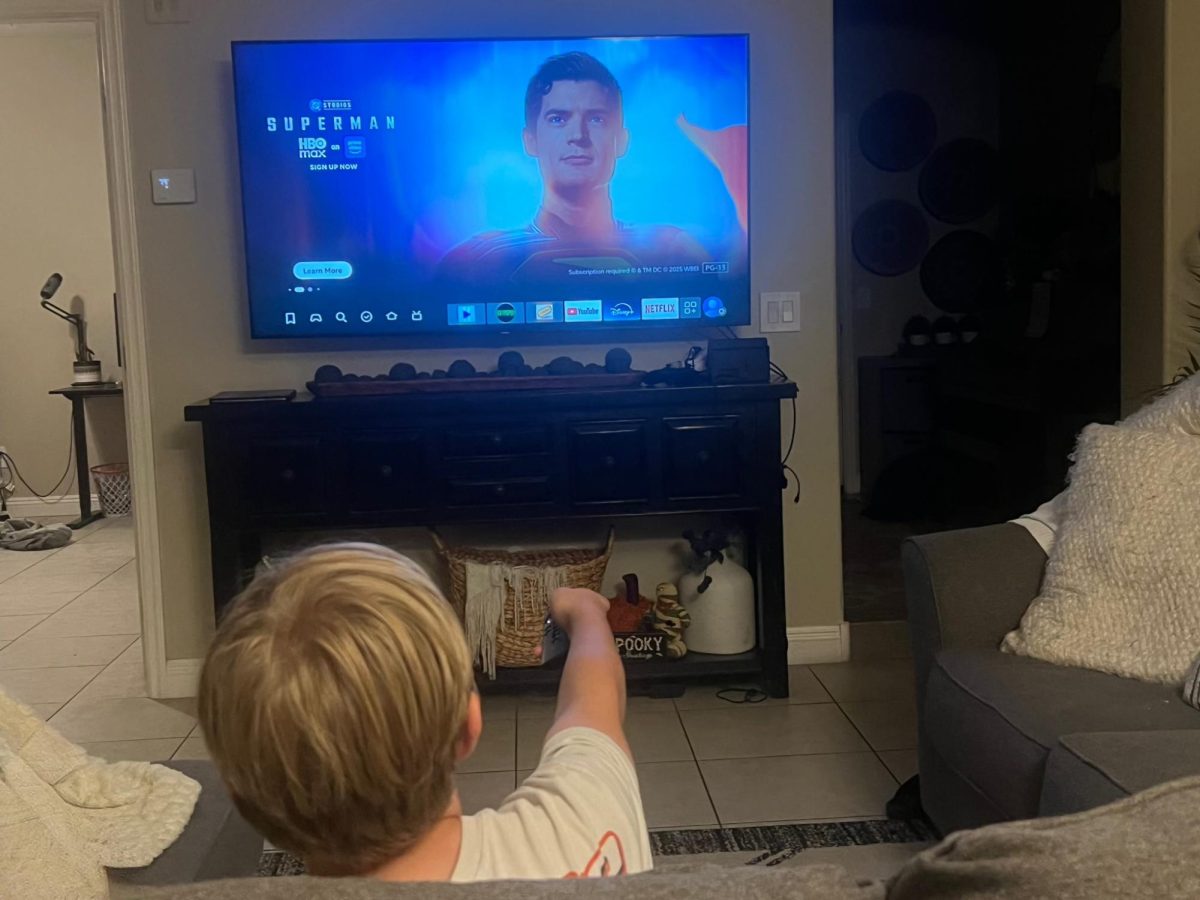

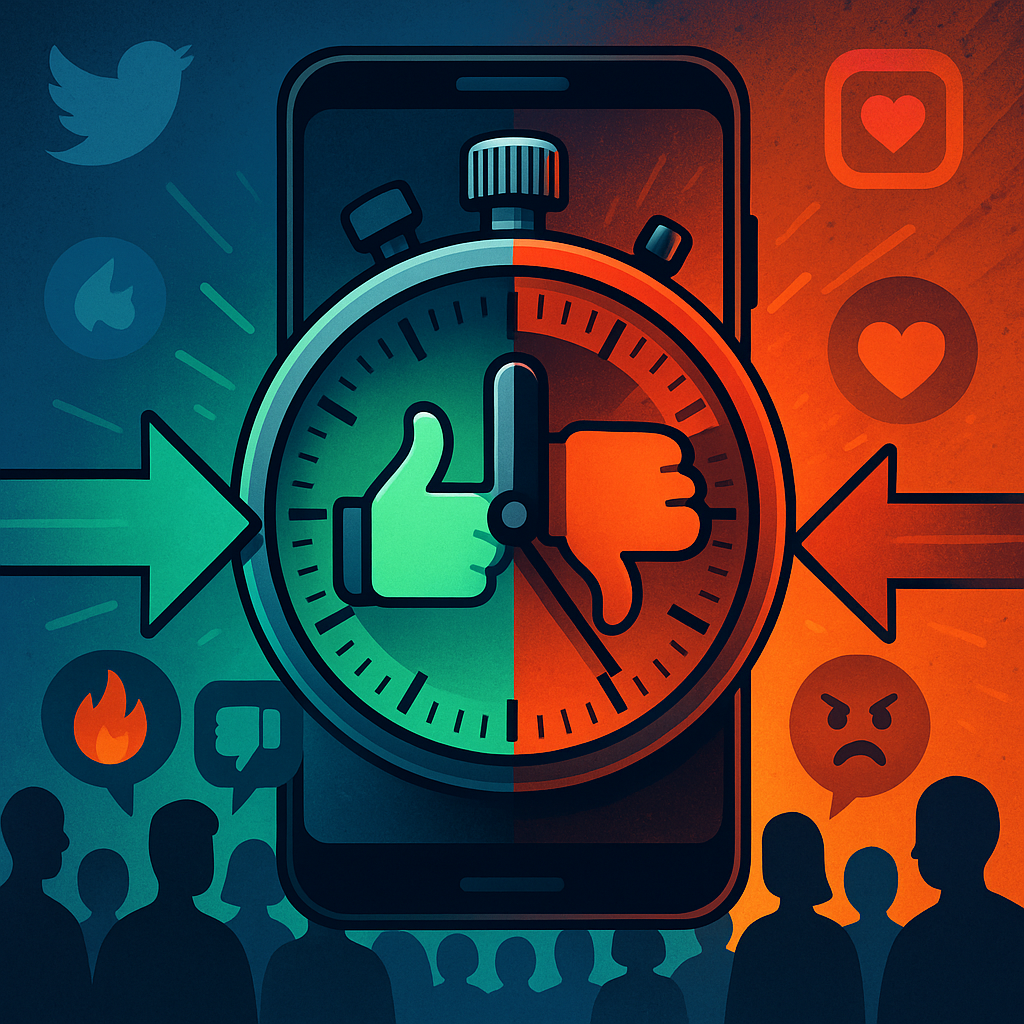


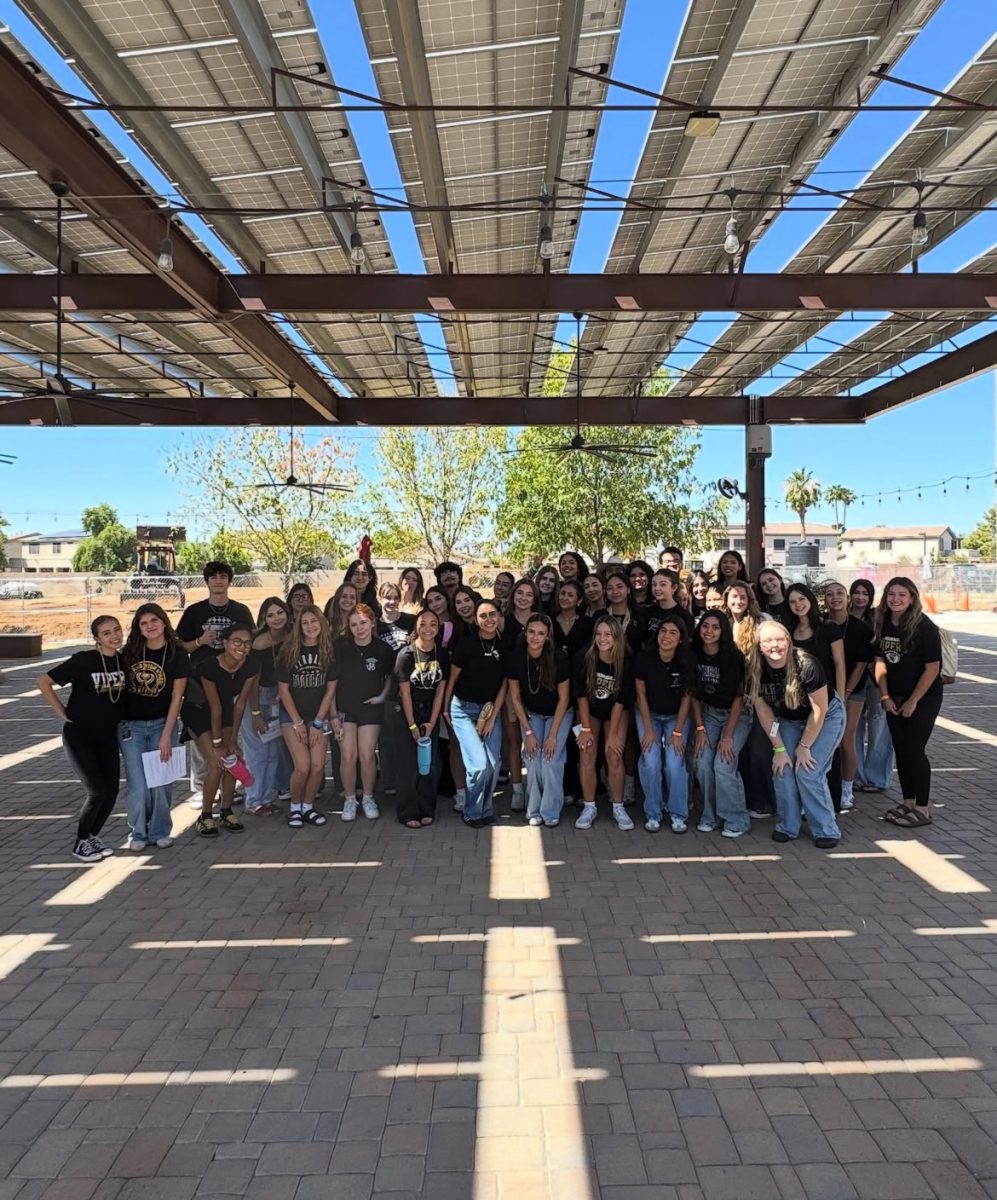

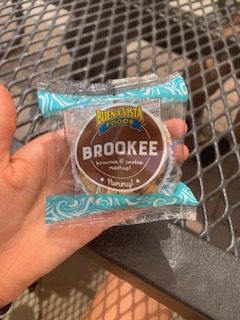
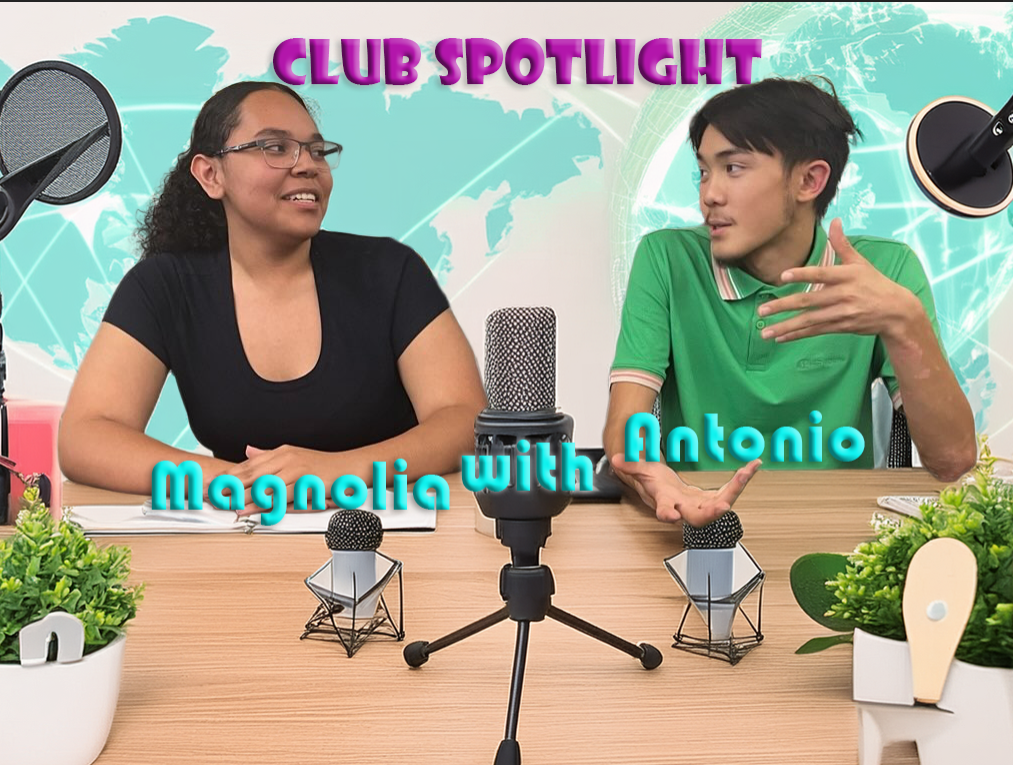
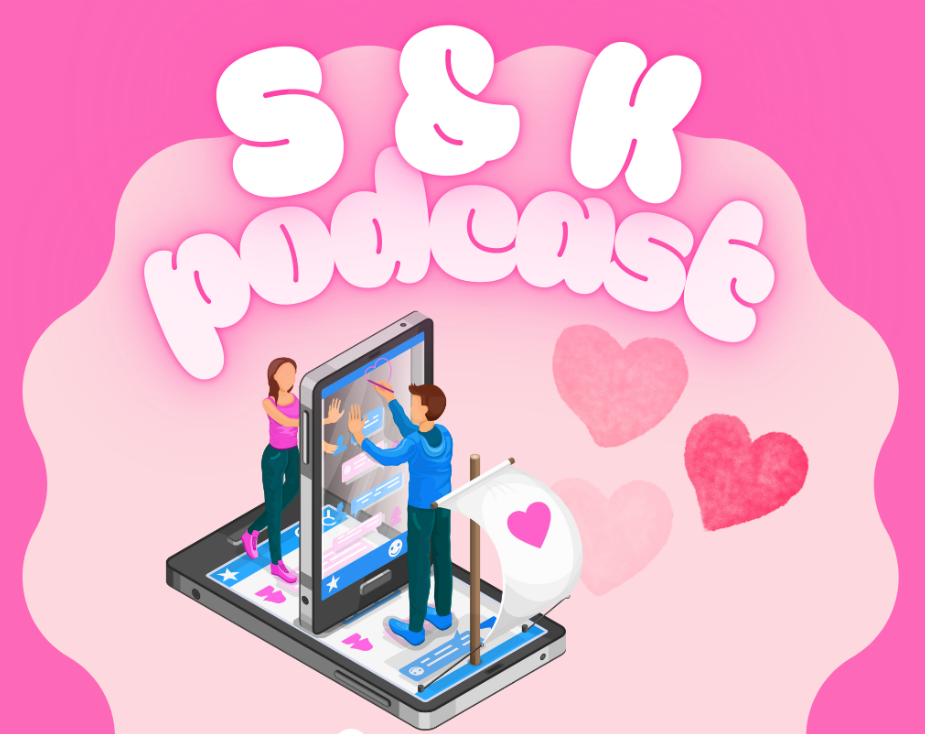
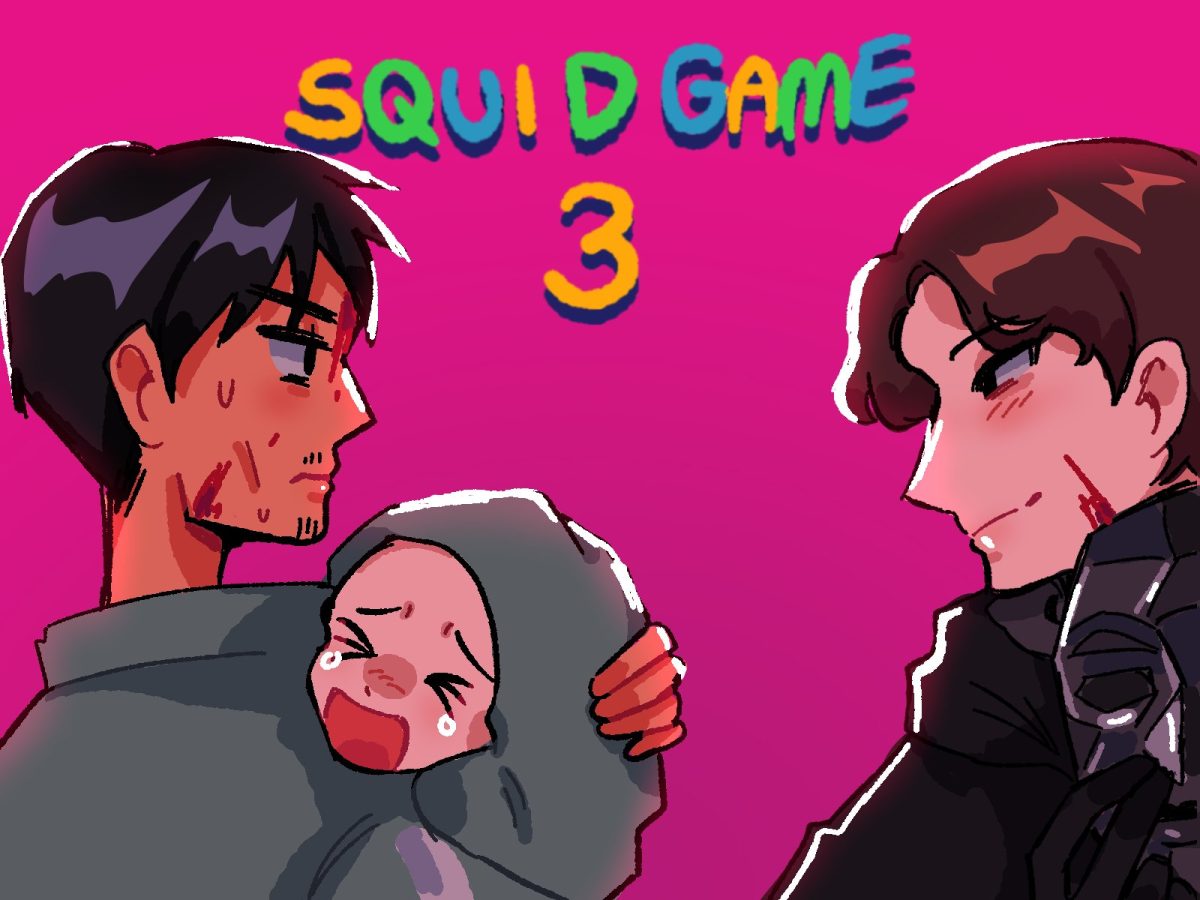
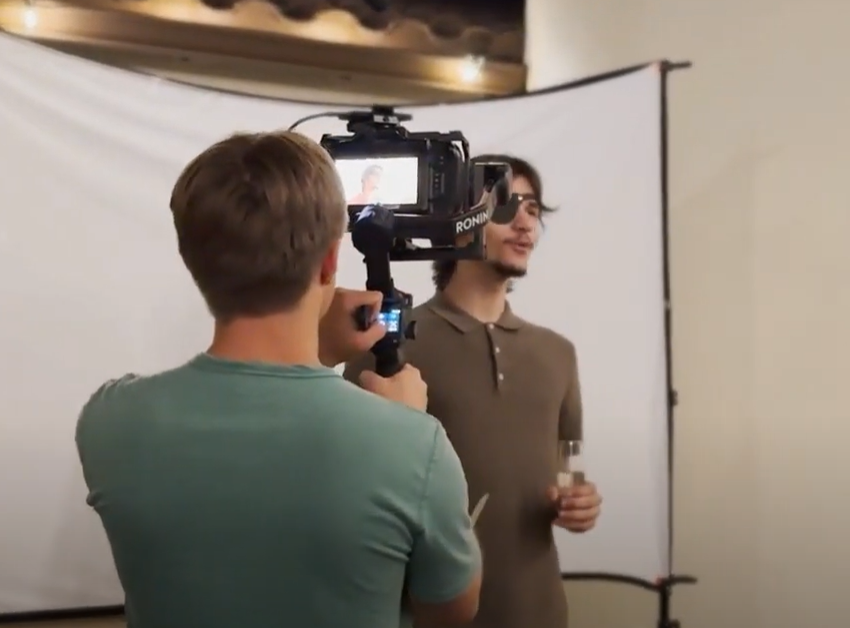






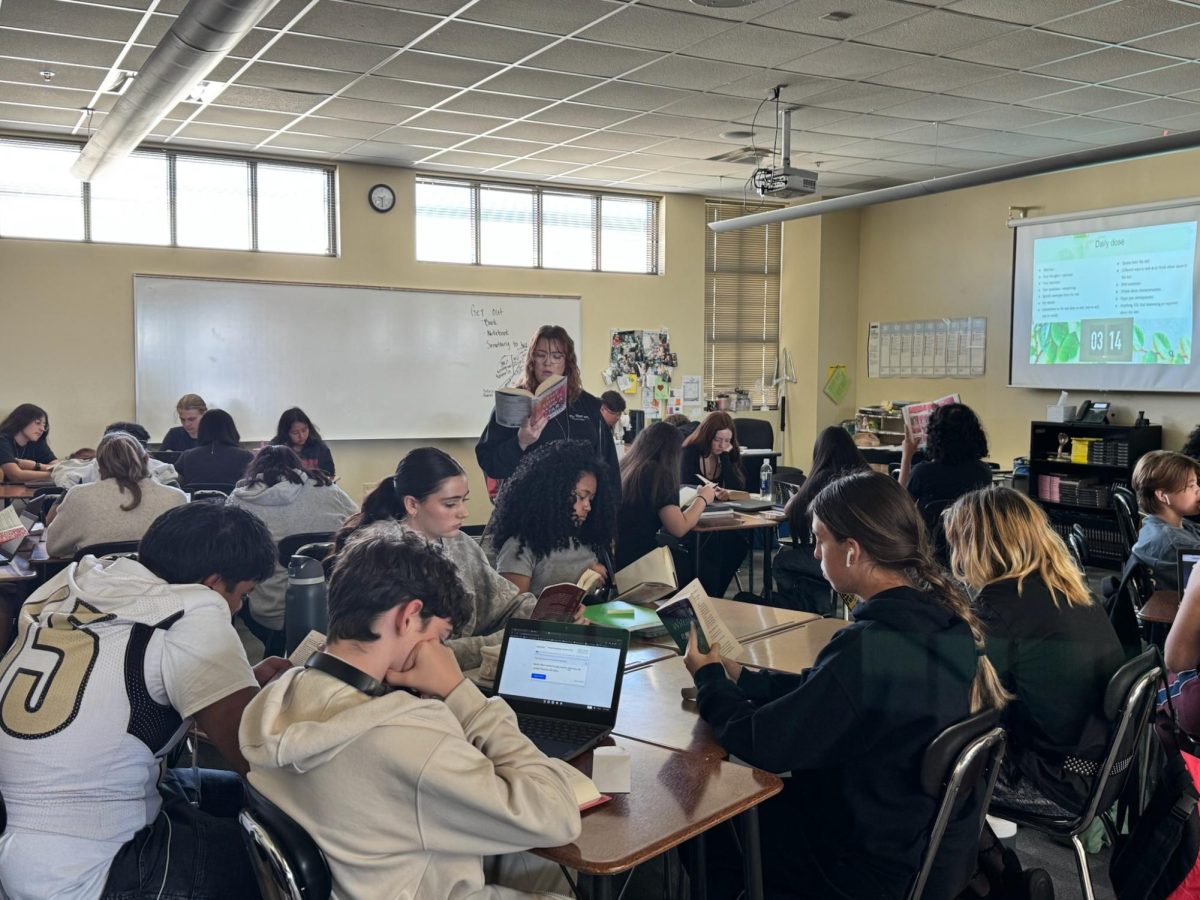



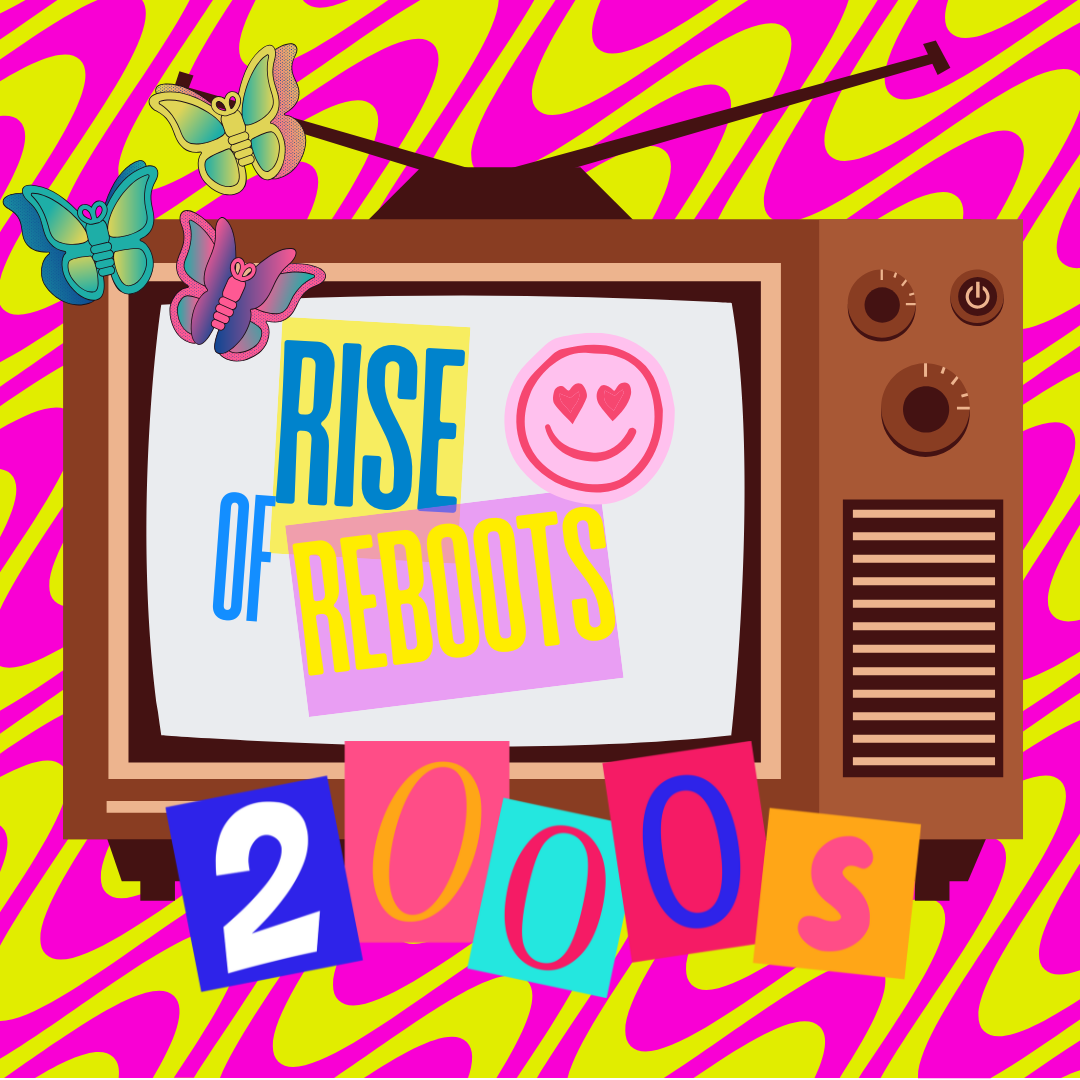

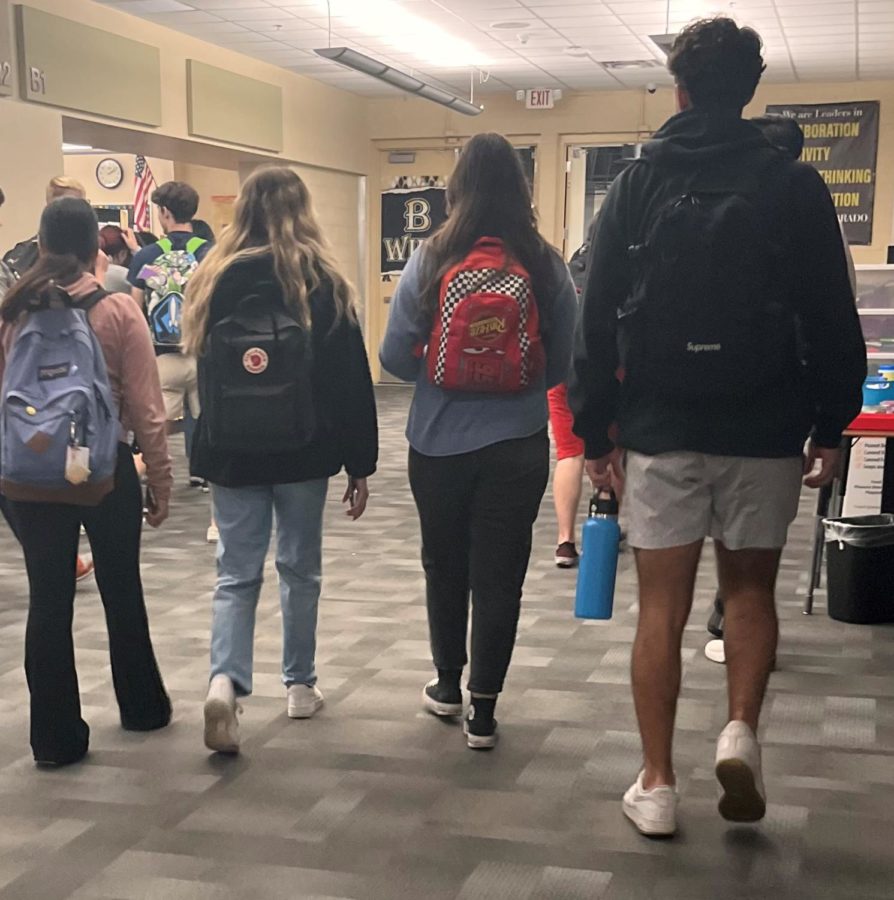


chloe • Dec 16, 2022 at 12:34 PM
great article
Chloe High • Dec 15, 2022 at 1:01 PM
Very detailed article
Angelo • Dec 15, 2022 at 9:33 AM
Good read
Preston Campbell • Dec 15, 2022 at 9:23 AM
Amazing article!
Angela Hernandes • Dec 15, 2022 at 8:46 AM
I liked your article very much, it really goes in-depth about the problems with addiction. I hope your article helps teens who are struggling with addiction.